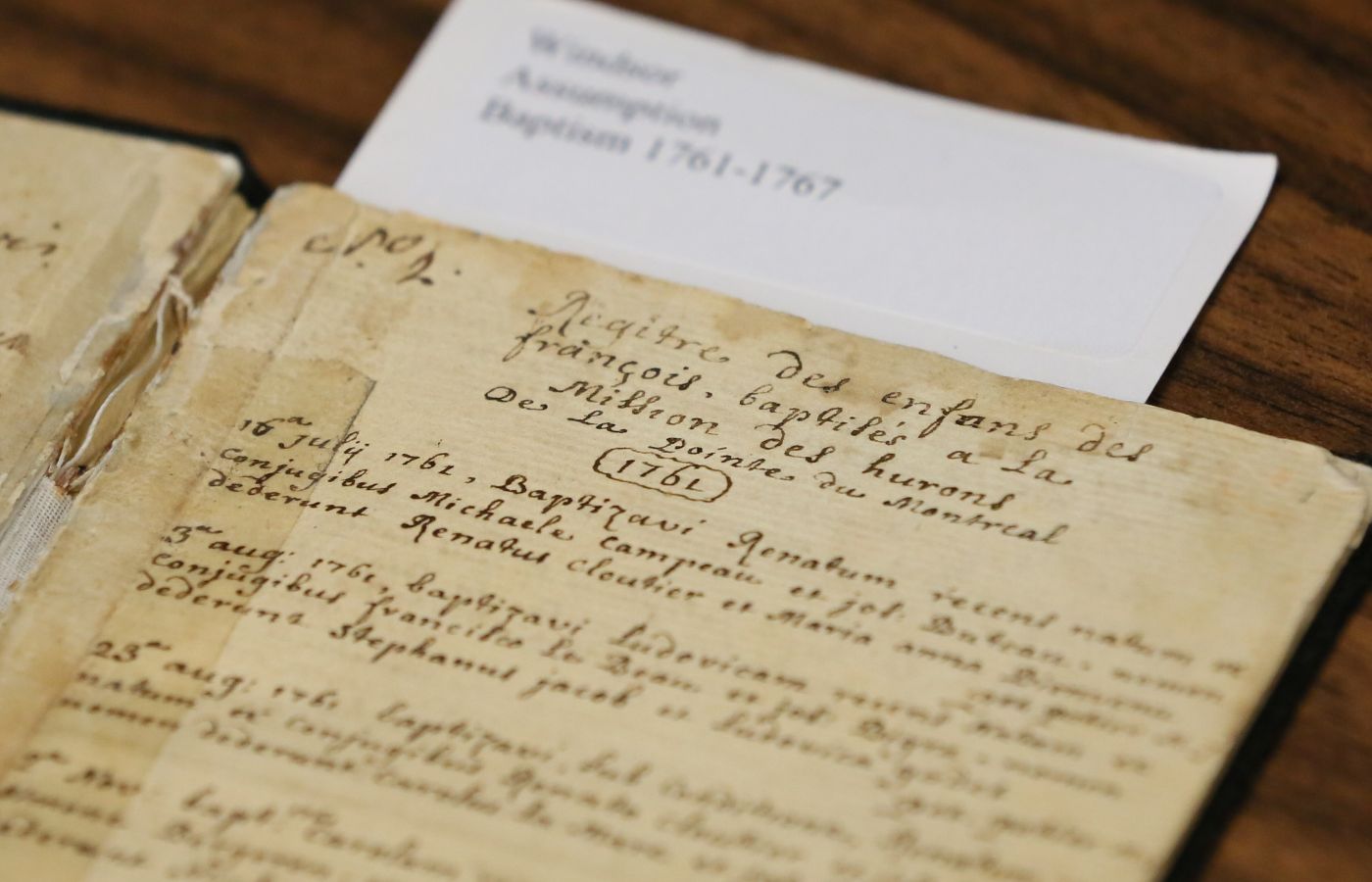
1700s
To situate correctly in time and place the origin of Assumption Church, it is necessary to go back to the foundation of Detroit. When Cadillac founded Detroit in 1701, for purposes of fur trade, he invited several First Nations tribes to come and make their abodes near the French fort, which was named Fort Ponchartrain du Détroit. Among the First Nations tribes which came to Detroit was a remnant of the Hurons and the Ouendots (Wyandottes) from Michilimackinac, whose ancestors had been Christianised by the Jesuits in Huronia in the second quarter of the 17th century.
For more than a quarter of a century after the Huron’s arrival at Detroit, the only spiritual ministrations accorded them were supplied by the Recollect (Franciscan) chaplain of the fort at the Church of Ste. Anne. In time these children of the forests asked for a black robe, i.e. a Jesuit, to be their spiritual chief as had been their won’t in Huronia and at Michilimackinac. As a result of this plea in the summer of 1728, Fr. Armand De La Richard, S.J, came from Quebec to establish a mission among them. It was given the imposing title of “The Mission of Our Lady of the Assumption among the Hurons of Detroit.”
Fr. de La Richardie decided to change the location of the Huron village and mission. The site chosen was on the south shore at the bend of the river on the fields of the Hurons. They would enjoy the protection of a fort at a place known as “La Pointe de Montréal,” where the Ambassador Bridge now crosses the river.
In 1765 the sixty-some (French) families living on the south shore petitioned for a parish of their own. Instead of erecting a second religious centre in the same locality, it was decided that the Mission of the Assumption among the Hurons should become the Parish of Our Lady of the Assumption with the care of the souls of both the Hurons and the French settlers. A new church, 60 x 30 ft. was built by the settlers to replace the 1749 chapel, which was falling into ruins. This integrating development was canonically effected in 1767 when Fr. Potier, the Jesuit missionary of the Hurons, became the first pastor. Beginning October 3, 1767, he opened a new Register of Baptisms and Marriages in which he signed himself as “Jesuit missionary performing the pastoral duties in the Church of the Assumption at La Pointe de Montréal du Détroit.” That makes Assumption the oldest continuous parish in the present province of Ontario.
The 1767 parish church was erected on the riverfront at or near the site of the First Nations chapel. This building was of frame construction and served only twenty years. Despite the Suppression of the Jesuits in 1773, Fr. Potier, the last Jesuit missionary in the West, was allowed to remain at his post until his death in 1781.
In response to the urgent plea of the First Nations People and the parishioners for a successor to Fr. Potier, the Bishop of Quebec sent his Vicar-General to be the pastor of Assumption parish. Fr. Hubert was an enterprising man. He immediately planned to build a new rectory and a church and open two schools – one for boys and one for girls. Because his predecessor had sold nearly all the church lands, it was necessary to acquire new property. Again the Hurons came to the assistance of their missionary. On March 6, 1782, they donated a tract of land six arpents wide by forty deep, immediately west of the original grant. The present Assumption Church is situated on the eastern half of that property.
Fr. Hubert did not stay long enough to see his projects completed. Only the rectory was built in 1785 when he was chosen Auxiliary to the Bishop of Quebec, whom he succeeded three years later. What he had been unable to accomplish as pastor of Assumption, he helped to realize by making a generous contribution towards the construction of a new church and by sending in 1786 two women from Quebec as teachers to start a school for girls in the parish. Those two objectives were achieved during the pastorate of Fr. F.A. Dufaux, a Sulpician priest from Montreal who was in charge of the parish from 1786 to 1796.
The new church, opened in 1787, was built of timbers (squared logs) and was situated on the eastern edge of the park in front of the present church between University Avenue and Riverside Drive. To pay for its construction, the western half of the church lands (Huron Church Road to Rosedale Blvd.) was sold to Thomas Pajot. A painting of that church done in 1804 exists and is entitled “A view of the Straits of Detroit from the Huron Church.”
In 1796 when Fr. J.B. Marchand took charge of the parish, he reported to Bishop Hubert of Quebec that the parish consisted of 150 families. In June of 1801, Bishop Denaut confirmed nearly 500 members of the parish. This confirmation class size is not surprising when we consider that this was the first episcopal visitation in the century-long history of the settlement along the shores of the Detroit River. Fr. Marchand remained as pastor until he died in 1825. His ten-year assistant Fr. Joseph Crevier succeeded him.
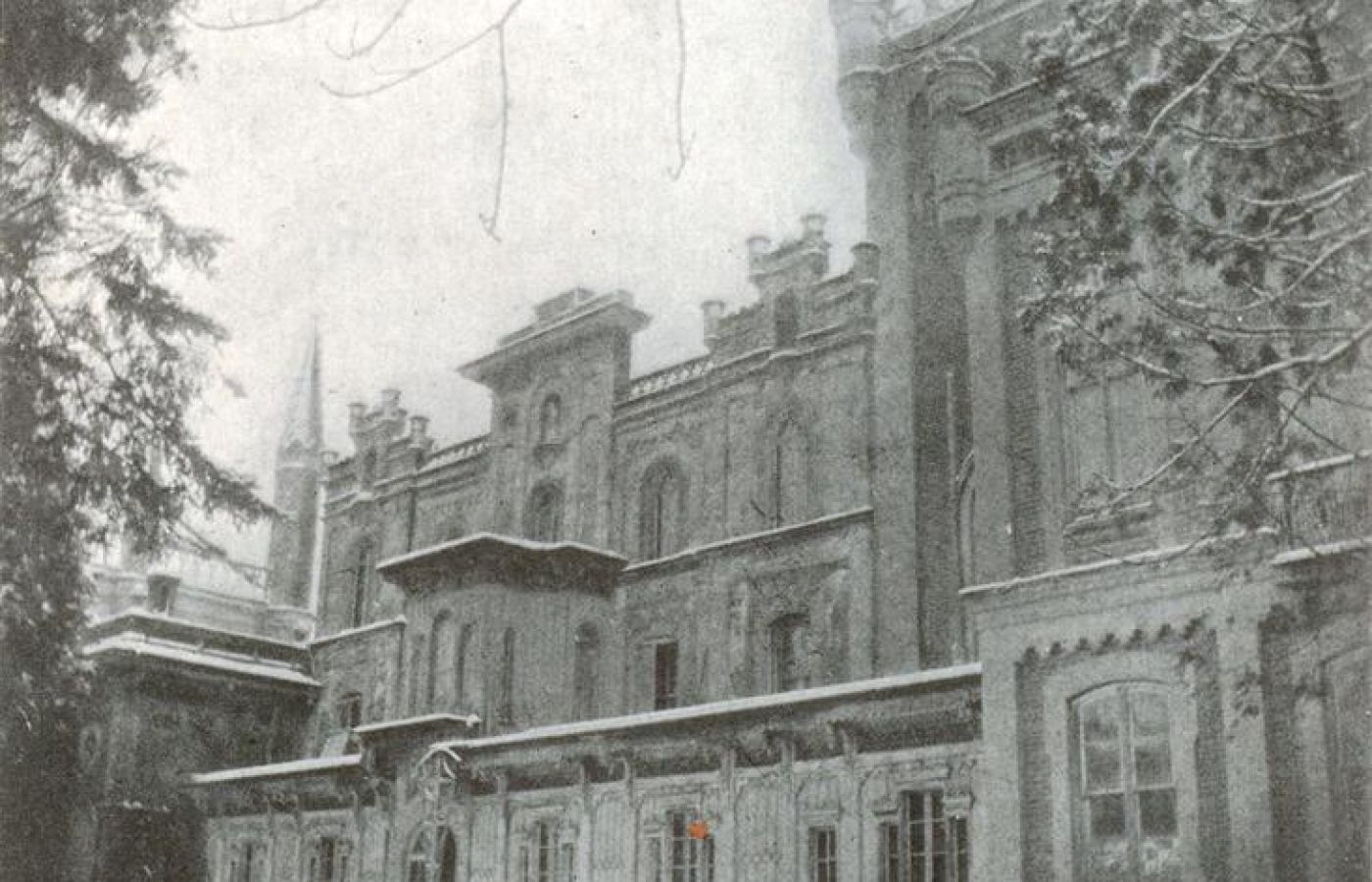
1800s
In 1826 the Diocese of Kingston was erected to direct the activities in Upper Canada. In 1831 Fr. Crevier returned to the diocese of Quebec, and Bishop Alexander Macdonell, the first Bishop of Kingston, not having any French-speaking priest at his disposal for this predominantly French-speaking parish, sent his nephew Fr. Angus Macdonell to be the pastor of Assumption. During his tenure, plans were developed to build a new church. The cornerstone (of the present church) was laid on July 7, 1842, when Assumption was part of the newly erected diocese of Toronto.
In 1843 the restored Jesuits came from France to take charge of the parish, and under the guidance of Fr. Pierre Point, the church was completed. The building that was opened for divine service on July 20, 1845, was a rectangular structure 60 x 120 ft. It forms the nave of the present edifice.
The rectangular church opened in 1845 was deemed good enough for the first Bishop of the London Diocese (which was erected in 1856) to transfer his See to Sandwich and make it his Cathedral in 1859. This entailed the departure of the Jesuits, who by their many apostolic labours had written the brightest chapter in the Annals of Assumption parish.
The cemetery, which was south of the church in 1848, was too close to the projected residence the bishop wished to build. So in 1860, Bishop Pinsonneault had the cemetery moved to the present site at Huron Church Road and Wyandotte Street. The bishop erected a large frame and stucco building of elaborate design called the Bishop’s Palace. This so-called palace was not well designed…and only thirty-five years after its erection, the leaky mass of the building had to be demolished because it was already considered beyond repair. The next bishop returned the See to London in 1869. Only the chestnut trees remain as the last vestige of Assumption’s decade of episcopal splendour.
In 1870 the Basilian Fathers of Toronto were invited to take charge of the parish and Assumption College, which had been opened in 1857 by the Jesuit Fathers.
Fr. Dennis O’Connor was the first superior, and under his wise direction in 1874, the graceful tower and sanctuary were added to the church. Simultaneously, a touch of colour was introduced by the installation of the stained glass windows in the sanctuary and apse. The brilliant windows in the church’s main part were erected in 1882 when the whole church interior was painted.
Fr. Jean Joseph Marie Aboulin, a native of France, succeeded Fr. O’Connor as pastor. Through Fr. Aboulin’s untiring efforts, many church furnishings were obtained that are still with us. In 1883 the Stations of the Cross in oil paintings were acquired.
The elaborate stone altar was imported from Caen, France, in 1887. The statue of St. Joseph was donated in 1889, and The Pieta and the statue of Ste. Anne was blessed in 1890. Throughout the following years, several changes were made to the church culminating in 1925 when The floor in the sanctuary was covered with tile of a strikingly beautiful pattern and the addition of the communion rail of exquisitely carved Italian marble.
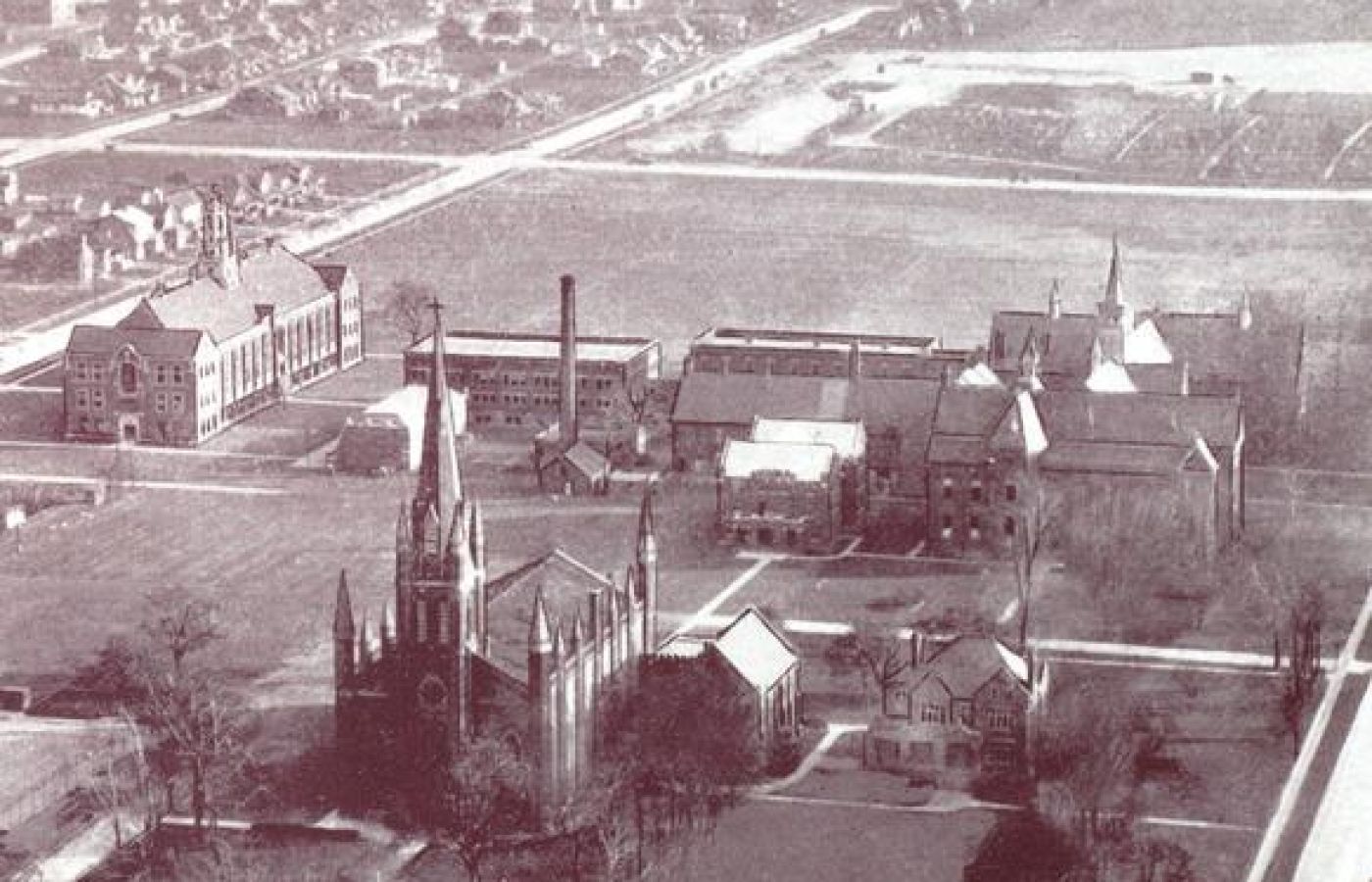
1900s
The old sacristy and the retreat chapel needed to be demolished in 1907 due to their poor state of repair. It was decided to build a new chapel to the west of the church, and the construction of Rosary Chapel began. The stained glass windows in the chapel bear the donors’ names and represent the fifteen mysteries of the Rosary.
In 1928 carved panelling and furniture in quarter cut oak were added to the sanctuary, a donation from the Altar Society. Mr. Garret Murphy presented an $800 baptismal font in Italian marble. Simultaneously, the church lighting was improved by the installation of new bronze chandeliers financed by the Catholic Women’s League. At the main entrance, bronze doors were hung — a $1,200 gift from Mr. H. E. Gignac.
In 1934 it became evident that a new roof was a necessity. Asbestos slates replaced the rotting wooden shingles. At the same time, the steeple and minarets were repaired and copperized. The old wooden balustrade at the edge of the roof was replaced by one made of stone from the old Sandwich jail.
In 1937 at the west end of the parish, some two hundred families had been impoverished by the depression and subjected to prevalent communistic influences. For lack of means or of living faith, many of these people were not coming to church. So Father Allor decided to bring the church to them, and he erected the mission chapel of the Blessed Sacrament. The project was financed by the whole parish. The site chosen was on Prince Road near St. Edward’s school, which had been opened in 1930 and named after the pastor.
While the construction of the Blessed Sacrament chapel was in progress, seventy men pledged themselves to act as canvassers and collectors to raise $14,000 to complete the renovation of the interior of the mother church. Besides a new hardwood floor and pews, the project included two confessionals and wall-panelling in smoked oak. This last improvement added a pleasant warmth to the devotional atmosphere of the whole edifice.
In 1942 the chapel was painted, and the interior decorations of the church were cleaned, renovated, and illuminated with touches of gold leaf.
In 1950 St. Patrick’s church was opened in the southeast section. Geographically Assumption parish was then reduced to an area of about two square miles.
The Marian year of 1954 was made very memorable in Assumption Parish. Father Donlon restored the decorations in the church by a thorough cleansing and retouching of the painted surfaces. Outside floodlights were installed to illuminate the façade and spire of the church. A $3,000 donation from Mr. Fred Pearson made it possible to erect his wife’s memory a beautiful metal statue of Our Lady of the Assumption in the front courtyard.
In 1958 a site was purchased from the city at the corner of Détroit and Russell Streets for a new parish hall. In October of the following year, the present spacious structure was completed at a total estimated cost of $150,000. At the insistence of the parishioners, the new building was named Donlon Hall.
In 1968 an arrangement was made with the Board of Governors of the University of Windsor whereby they would develop a parking lot on the northeastern part of the church property. In return, the University agreed to maintain the church lot and to police the parking on it. The lease at a nominal fee was for ten years and renewable for another ten years.
In 1970, a one-storey new Rectory building was erected facing Huron Church Road at the cost of $150,000, one-third of which was subscribed by the Basilian Fathers at Assumption University.
In February 1976, Assumption Church was designated a historical building by the City of Windsor.
In 1980, a Reconciliation room was built in the chapel by extending the north-east confessional. This alteration provides an option for the people who do not like the darkness of the confession’ box.’
In the spring of 1983, the steam-heating line from the University of Windsor needed replacement. Instead, the University offered to install a gas furnace for heating the church and chapel at the cost of $50,000. The job was finished just in time to cope with the chilly spells of October weather.
In the fall of 1983, it was decided to install a washroom near the east entrance. This construction necessitated the relocation of the Usher’s room and remodeling of the wooden screen of the eastern confessional. This work was completed in February 1984.
In October 1983, the painting of the church’s interior and the refurbishing of the decorations was undertaken.
In June 1984, Vinyl Corlon floor covering was laid in the sacristy and under the church and chapel’s pews. Pure vinyl tiles were added to the aisles of the chapel. The aisles of the church and the sanctuary of the chapel were covered with carpet.
In 1998, Rosary Chapel saw its brickwork repairs, and the inside repainted. New tile was laid and hardwood installed on the altar.
In September 1999, the parking lot lease with the University ended, and the parish assumed operations of the parking lot.
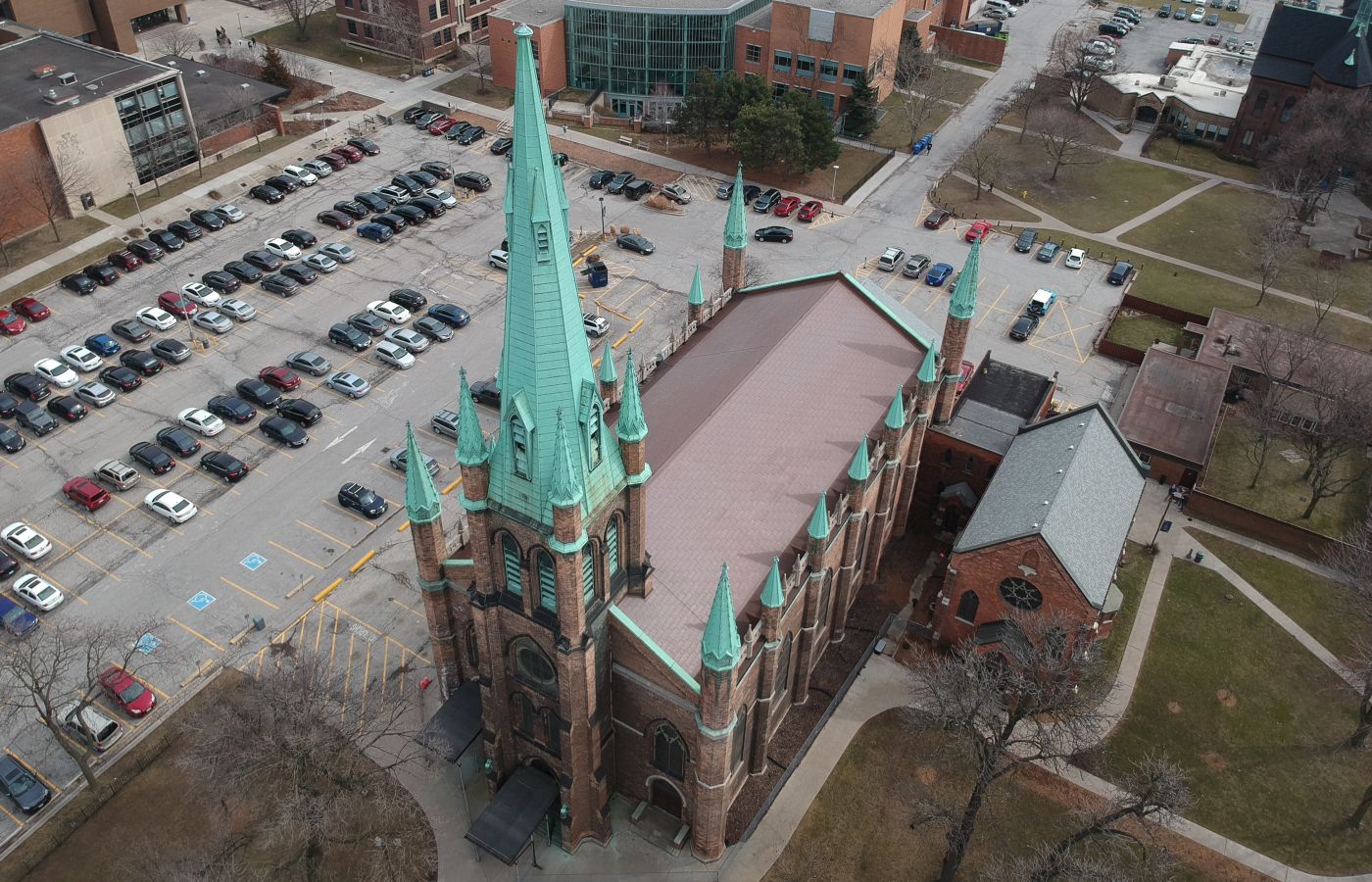
2000s
In the early 2000s, a building study reported the church needed millions of dollars in restoration work.
After two failed restoration and fundraising campaigns, Bishop Fabbro announced on Labour Day weekend 2014 that Assumption Church would close. The parish community was moved to the former Holy Name of Mary Church on McEwan Avenue.
In 2017, Assumption Parish celebrated 250 years with several events and celebrations. It was then that a study was announced by Bishop Fabbo and Paul Mullins to determine what went wrong in the past two attempts to raise money to repair the church and where things could go in the future.
In March 2019, Bishop Fabbro approved the first phase of Restoration work to the church, and fundraising began.
In May of 2019, restoration began on the historic Assumption Church, including a new copper roof and heating system.
In September 2019, the building reopened to a full house and hundreds of people standing outside.
On September 6th, 2020, joined St. Angela Parish, St. Alphonsus Parish, Saint Benedict Tridentine Rite Community and Saint Daniel Comboni Community to form the Windsor Heritage Catholic Family of Parishes.
Today Assumption Parish is indeed a Catholic community, with parishioners from around the world. Many Basilian priests have come and gone and have left their legacy at this parish. The Basilian Fathers continue to serve at Assumption Church.

Closed Parishes
The period between 2009 to 2012 saw reorganization take place and three parish communities in West Windsor close and join Assumption Parish.
While this was a sad time for those communities, it also saw parish life grow with many new faces and friends.
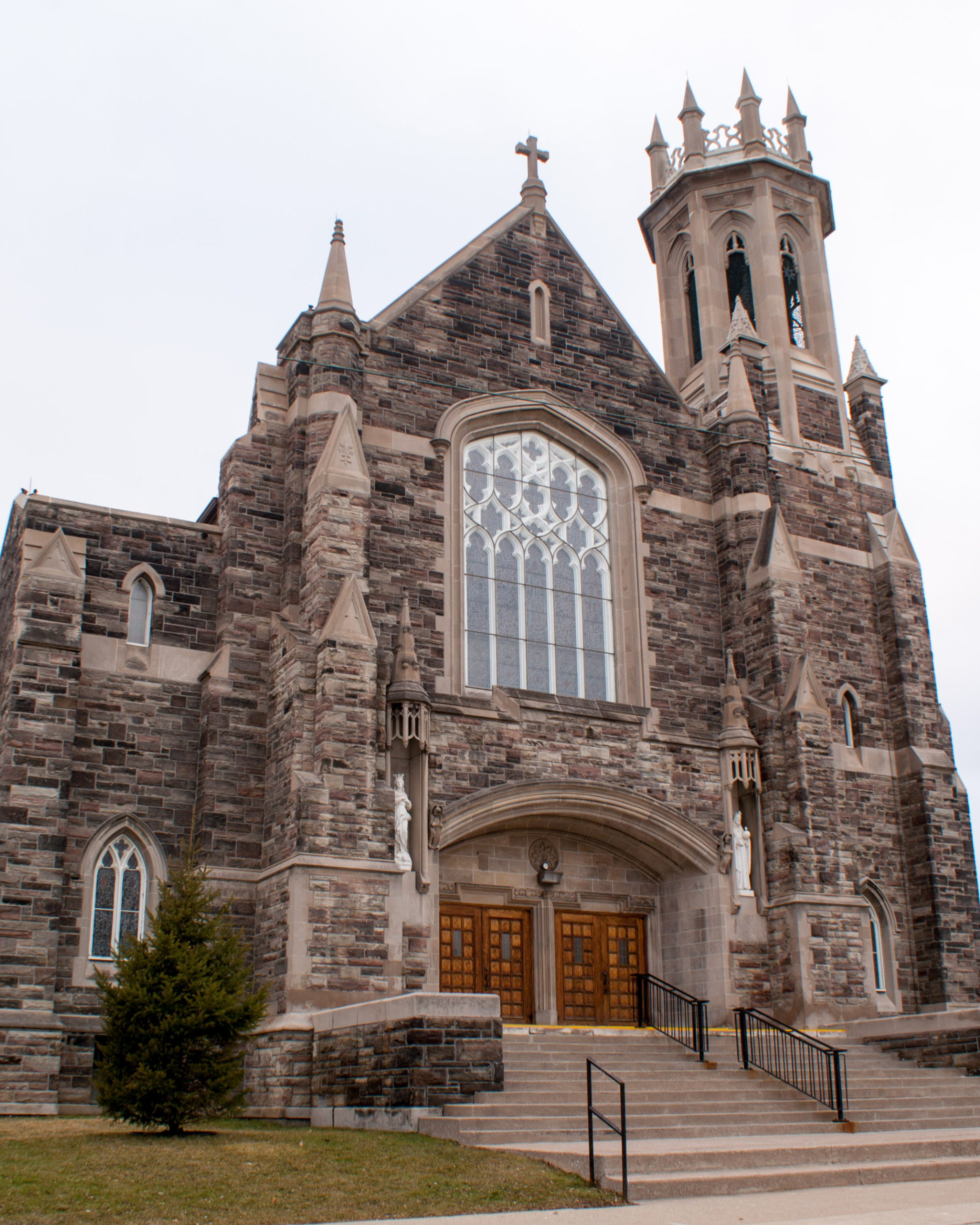
Holy Name of Mary
Canonically suppressed on June 28th, 2009
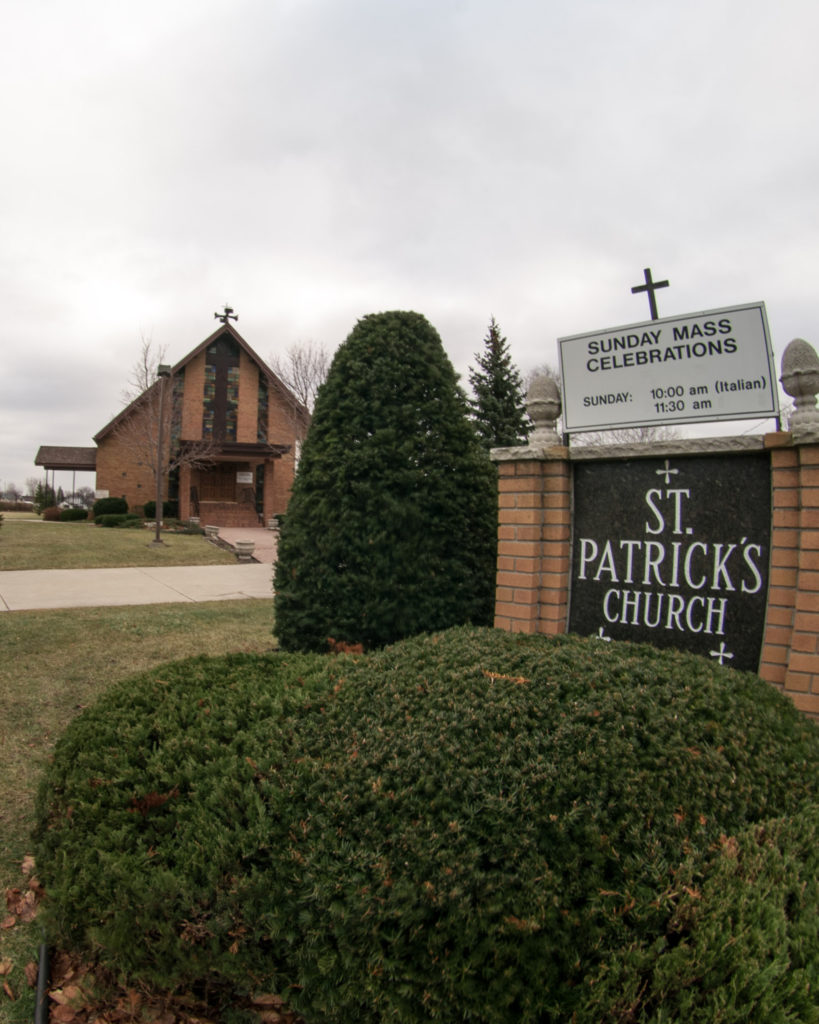
St. Patrick’s
Canonically suppressed on June 20th, 2010
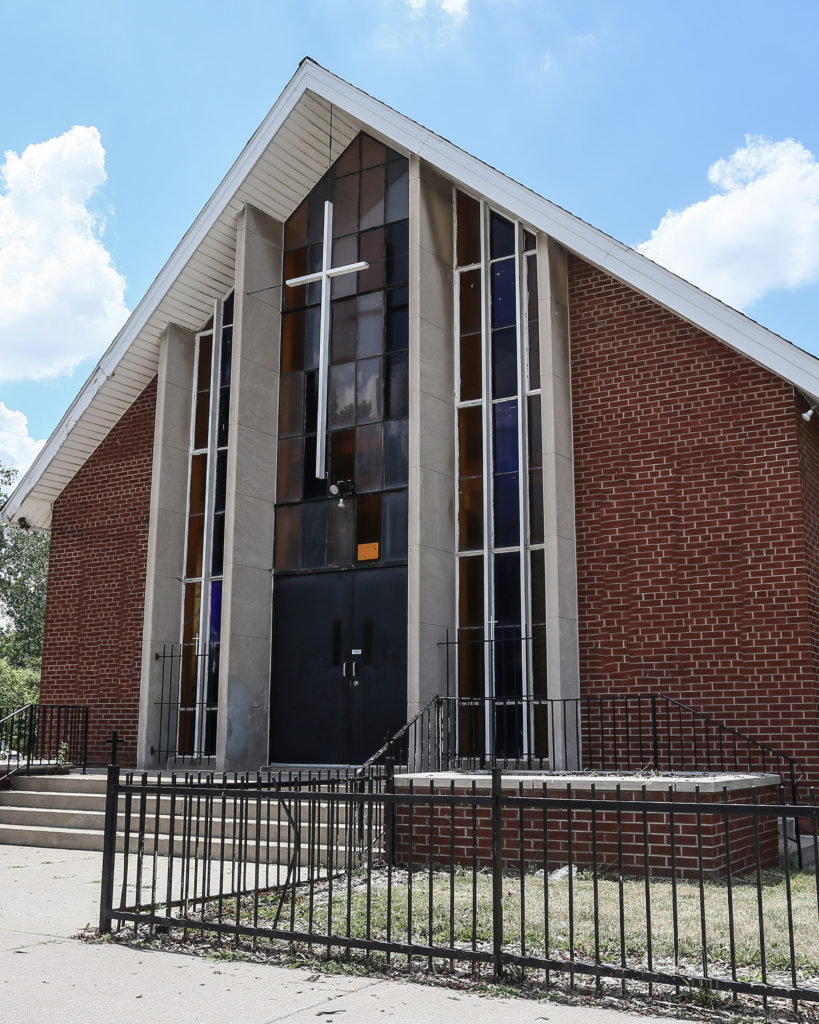
Blessed Sacrament
Canonically suppressed on June 30th, 2012
